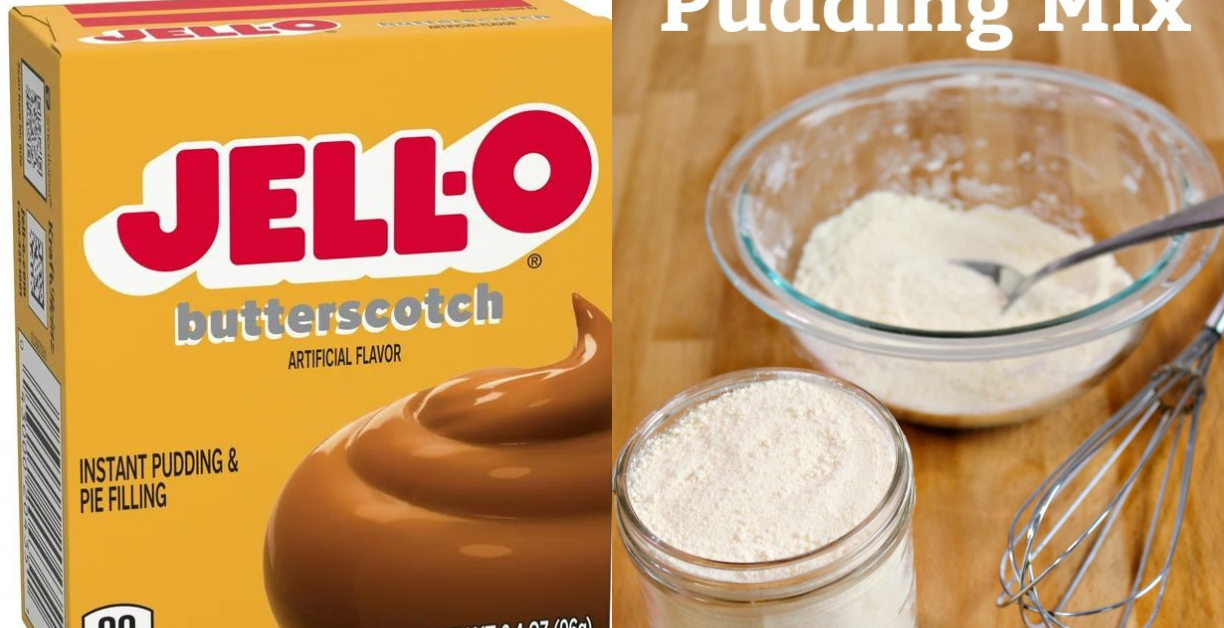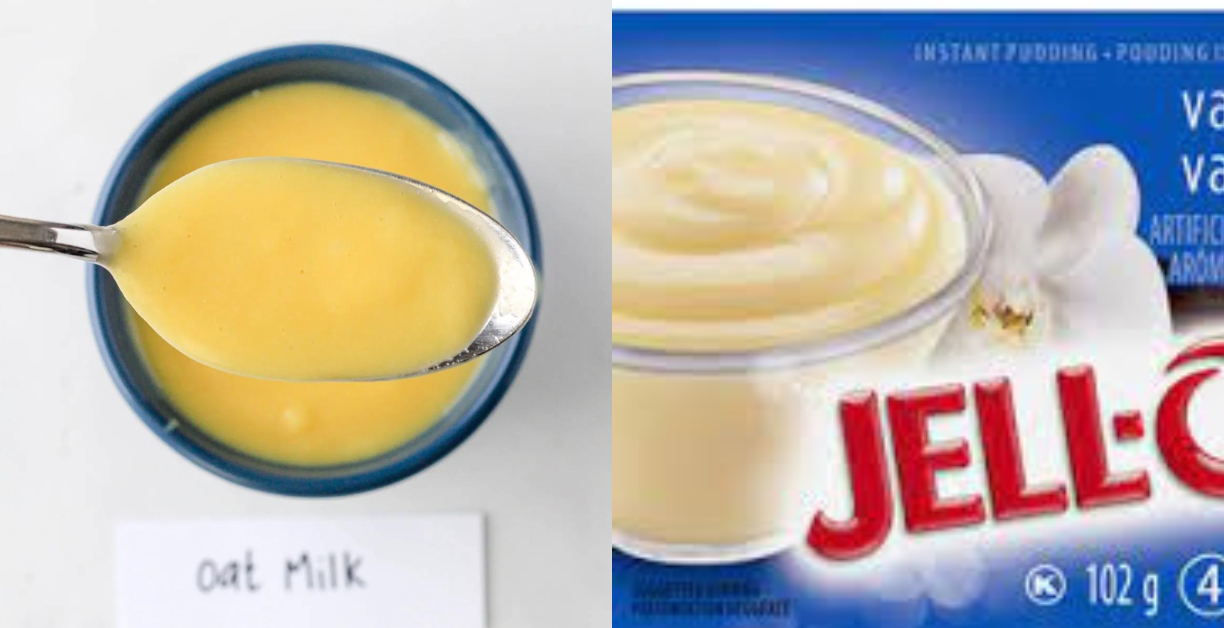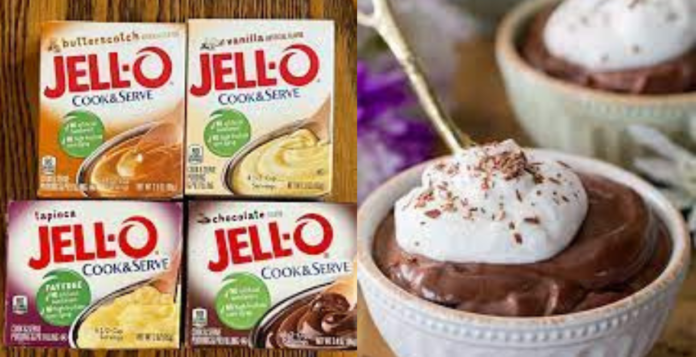In response to the query, “can i use cook and serve pudding instead of instant?” we will go over how to use custard in cake recipes as well as the advantages and disadvantages of substituting instant custard for cook and serve custard.
Is it possible to replace cook and serve custard in a dish with an instant custard?
Yes, you can use an instant pudding in place of the cook-and-serve pudding in a recipe. The basic components of these puddings are essentially the same.
can i use cook and serve pudding instead of instant
The cook-and-serve custard uses conventional starch as a thickening, whereas the instant custard uses modified starch. That is the sole difference.
You should not cook the instant pudding if you want to use it in place of cooked and served pudding in a dish. The modified starch in an instant pudding may collapse during heating and lose its thickening qualities.
What are the advantages and disadvantages of substituting a cook-and-serve custard with an instant custard?

The following are the principal advantages and disadvantages of utilising an instant pudding rather than cooking and serving pudding:
Advantages
Since the instant pudding doesn’t need to be cooked, you may speed up the preparation process.
Instant pudding is simple to make and may be used immediately after preparation in cold applications like cakes. It also doesn’t need to be refrigerated.
Due to the differing starch structure between cook and serve custard and instant custard, the latter are less susceptible to syneresis during storage.
Instant pudding doesn’t need to be cooked, so there’s no chance of it being overdone and losing its viscosity and swelling qualities.
Negative aspects
It is not advisable to cook instant pudding as it may lose its ability to increase viscosity and swell. It cannot be used to make prepared preparations. Because it is not cooked, the risks of foodborne illnesses are increased by using instant pudding mixes. Cooking can effectively reduce the microbial load of food and in this way, cook and serve puddings are safer.
What distinguishes cook-and-serve custard from instant custard?
Getting Ready
Prepare and serve Pudding must be cooked after adding milk or another liquid. The heat is seized and the viscosity increases after a few minutes of heating. To serve cold, the custard is allowed to cool completely before being refrigerated.
Using a mixer, combine the instant pudding mix with the necessary cold liquid and set it to rest for approximately five minutes. It can then be neatened or utilised in recipes.
Taste
Instant pudding and cook-and-serve pudding have a similar flavour. They may have natural or artificial flavourings in them. These goods are made by various firms and have varying flavours.
Feel
Depending on the products’ contents, the texture and storage properties—that is, texture changes and retrogradation, aggregation, dehydration, and others—during storage may vary.
Hydrocolloids, including carrageenan, are found in many products and help to lessen the degree and adverse effects of starch retrogradation during storage. There are other additions utilised as well, like whey and gums, which might change the finished product’s texture.

What dangers come with utilising quick pudding?
Using instant pudding carries the risk of contracting a foodborne illness. A number of food-related incidents were linked to consuming tainted quick goods, like custard.
Instant meals, especially instant pudding, have been linked to the presence of bacteria such Enterobacter cloacae, E. coli, Citrobacter spp., Erwinia spp., and Klebsiella spp.
The United States Department of Agriculture (USDA) states that eating food contaminated with these bacteria or their toxins can cause illnesses, with symptoms including vomiting, diarrhoea, cramping in the stomach, and flu-like symptoms.
In response to the query, “can i use cook and serve pudding instead of instant?” we covered the usage of custard in cake recipes as well as the advantages and disadvantages of substituting instant custard for cook and serve custard.















